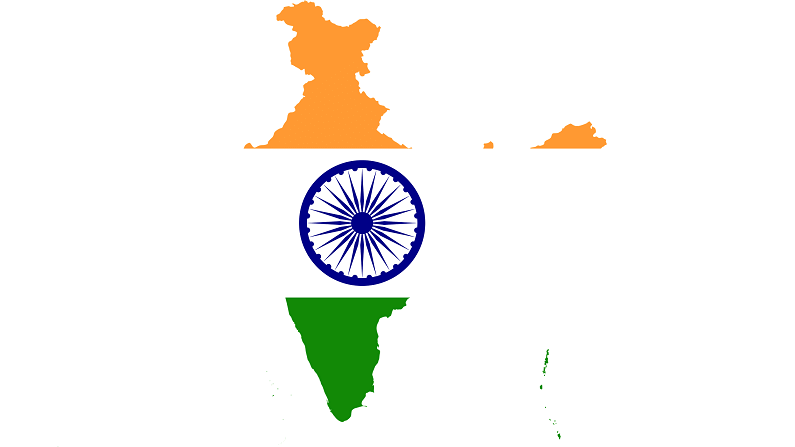An economy where winners take the most
When the economy was liberalised 30 years ago, the aim was to reduce concentration of economic power among companies and individuals

The Bharatiya Janata Party had an income of Rs 3,623 cr during the year ending on 31 March, 2020 as per its audited accounts placed with the Election Commission last month. The Congress Party’s income for the year was Rs 682 cr or 18 percent of the BJP’s. The 41 national and state parties that had filed their audited accounts had a combined income of Rs 2,078 cr- 57 percent of that of the BJP. The political sweep of the ruling party is matched by its financial heft.
This winner takes all syndrome is also apparent in the economic sphere. When the economy was liberalised 30 years ago, the aim was to spur competition and reduce concentration of economic power among companies and individuals. There was a great belief in trickle down or the rising tide lifting all boats, though there were sceptics who said trickle down was more like giving cereals to cattle in the expectation that birds could feed on the undigested grains that passed with their dung.
But trickle down did actually work. As the economy grew, prosperity percolated down and the number of people in extreme poverty fell by 135 million to 269 million in 2011-12 from 404 million in 1993-94. The share of the poor halved from 45 percent of the population to 22 percent even as the number of Indians increased by 38 percent to 1,230 million during this period.
But the global financial crisis of 2008, the slow recovery thereafter, the shock of demonetisation in 2016 and an economy wobbling over many quarters have reduced the pace of poverty reduction. The pandemic has in fact reversed the trend. According to a study done by Azim Premji University based on phone interviews and consumer surveys of the Centre for Monitoring Indian Economy (CMIE), the number of people earning less than the national minimum wage – Rs 375 a day for rural areas and Rs 430 a day for urban areas – is estimated to have increased by 230 between January and October 2020. The study further estimates that the rural poverty rate increased by 15 percentage points and the urban poverty rate by 20 percentage points. Without pandemic-induced disruption, poverty would have fallen by 5 and 1.5 percentage points respectively, the study says.
Using the more conservative income figure of $2 a day, Pew Research Center estimates that 75 million were added to the ranks of the poor because of Covid-19 recession and the middle class shrank by 32 million between March and October last year.
The economic dislocation caused by the second wave of infections earlier this year would have added to the numbers of the poor and increased household indebtedness. The IMF has reduced India’s growth prospects owing to tardiness in vaccinations and a slower return to normalcy. Rising inflation, fed in part by the increase in global commodity prices and also fierce taxation of motor fuels, is eroding the purchasing power of meagre household incomes. For those who are out of school and cannot cope with online classes, the effects of the pandemic will endure into the future. Pensioners, those in salaried employment or having the cushion of accumulated savings would have coped better economically from dislocation caused by the pandemic.
Even among corporates, winners were getting grabbier even before the pandemic. The trend would have aggravated since then. In a June blog, Marcellus, an investment management firm, says about 12 companies account for 90 percent of corporate profits. In the decade ending in December 2010, 26 companies accounted for 80 percent of the wealth created by Nifty stocks. In the following decade, the number shrank to 16. In the pandemic period and thereafter, these companies would have well positioned to grab market share and revenues from weaker companies owing to healthy cash flows and network economies flowing from investment in technology and brand recognition.
Such concentration of income and profits is not good for society. The government will have to make fair and wise interventions if it wishes to see India as a caring nation and not just a cutthroat marketplace.